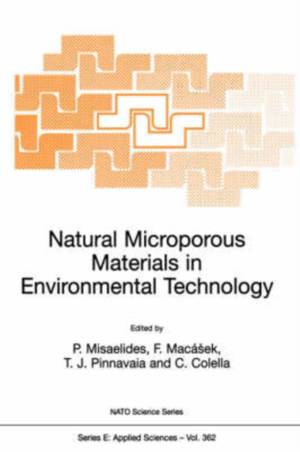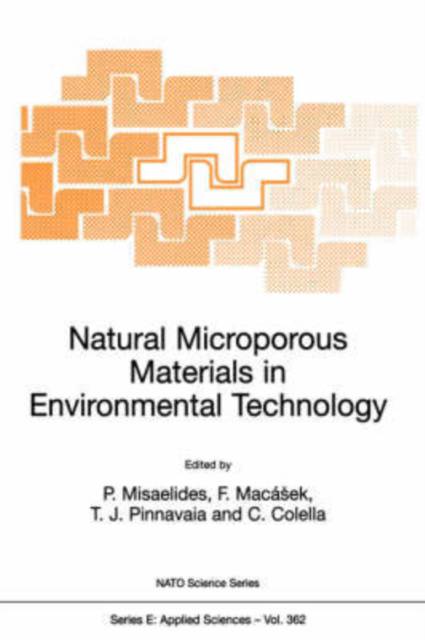
- Afhalen na 1 uur in een winkel met voorraad
- Gratis thuislevering in België vanaf € 30
- Ruim aanbod met 7 miljoen producten
- Afhalen na 1 uur in een winkel met voorraad
- Gratis thuislevering in België vanaf € 30
- Ruim aanbod met 7 miljoen producten
Zoeken
Natural Microporous Materials in Environmental Technology
€ 227,45
+ 454 punten
Omschrijving
The natural microporous materials include several types of minerals such as zeolites, clay minerals, micas, Fe-lMn- oxides/hydroxidesloxyhydroxides present in various geo- logical environments and soil formations. Their crystal structure is characterised by the presence of intra crystal micropores (channels or interlayer void spaces) providing high microporosity/surface area and distinguished physico-chemical properties such as cata- lytic and sorptivelion-exchange ones. This volume includes the key- lectures and participant contributions delivered at the NATO-funded Advanced Research Workshop on the Application of Natural Microporous Materials for Environmental Technology, which was held in the th Smolenice Castle, Slovakia, from the 2()1h to 30 of October 1998 and was attended by 55 participants from 17 countries. The purpose of the workshop was the critical assessment of the current developments and discussion of the future perspectives in the field of utilisation of natural microporous materials (zeolites, clays, oxides) for the solution of problems related to the toxic and nuclear waste management, water pollution control and decontamination, the environmental catalysis associated with atmospheric pollution, the creation of new materials for energy storage and agricultural management including the development of artificial soils for plant growth in the space. Of especial importance for this meeting was the exchange of information and know-how among specialists working in institutions of NATO and Cooperation Partner countries aiming towards the development of common strategies for the solution of environmental problems and the promotion of further scientific and technological collaboration in the field.
Specificaties
Betrokkenen
- Uitgeverij:
Inhoud
- Aantal bladzijden:
- 516
- Taal:
- Engels
- Reeks:
- Reeksnummer:
- nr. 362
Eigenschappen
- Productcode (EAN):
- 9780792358893
- Verschijningsdatum:
- 31/08/1999
- Uitvoering:
- Paperback
- Formaat:
- Trade paperback (VS)
- Afmetingen:
- 156 mm x 234 mm
- Gewicht:
- 730 g

Alleen bij Standaard Boekhandel
+ 454 punten op je klantenkaart van Standaard Boekhandel
Beoordelingen
We publiceren alleen reviews die voldoen aan de voorwaarden voor reviews. Bekijk onze voorwaarden voor reviews.










